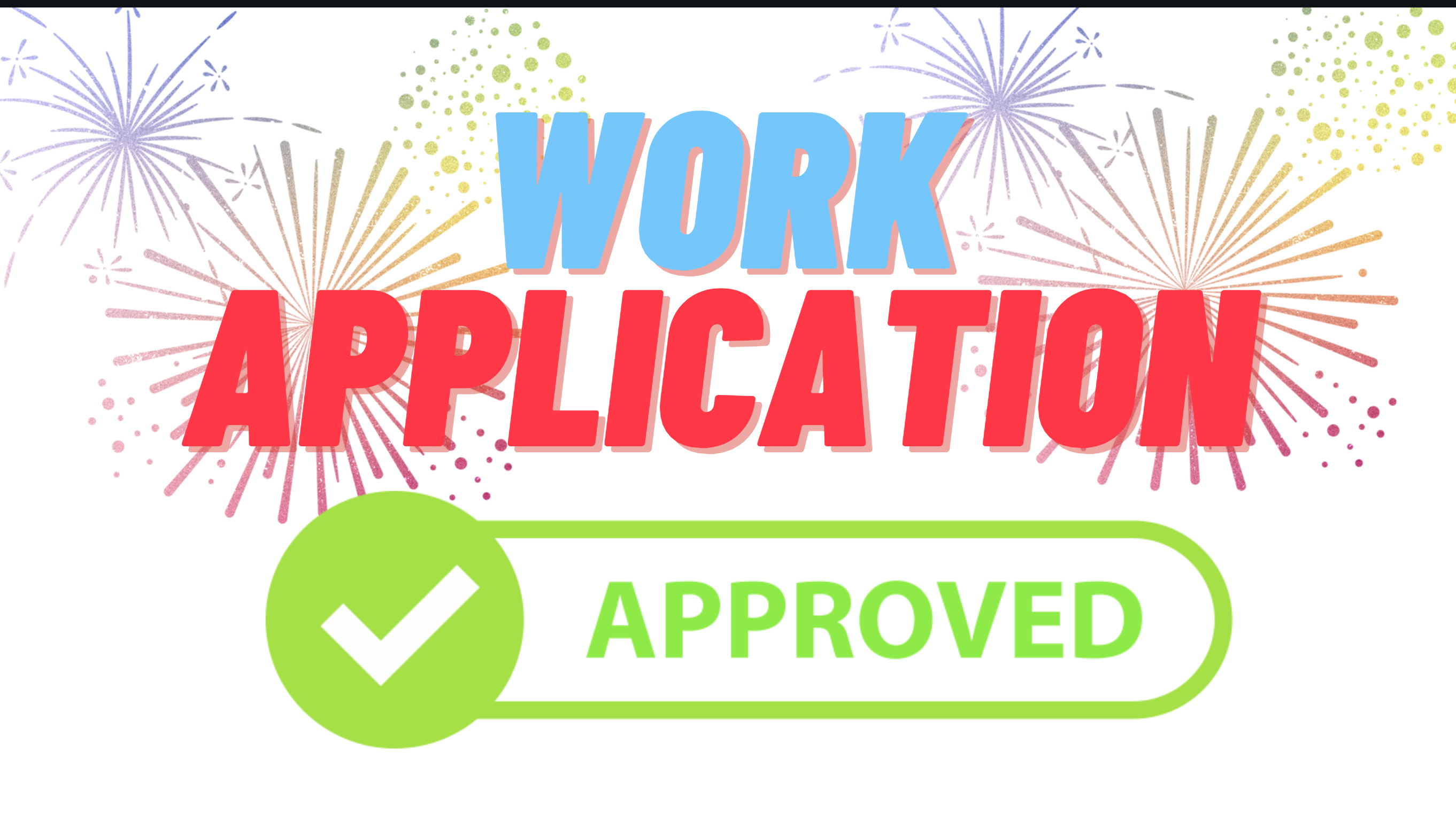At any time in organizations around the world, you will find individuals or teams waiting for approval Depending on the size of your organization, this approval process can take weeks, months or even years
Approval is sometimes required to start, but may also need to be approved again before completion No matter which stage requires approval, having a standard approval process can improve workflow and greatly increase productivity
The last thing any organization needs is stagnant work. Idle employees and downtime are bad for business
By streamlining the approval process, you can increase productivity, reduce costs, and ensure the quality of your work.
What is the approval process?
The approval process should not be seen as the final phase of a project or task, but rather as part of an organization’s overall workflow.
At the most basic level, the approval process involves obtaining a second opinion authorizing a task, product, invoice, or outcome. Sometimes only one approval is required for a project, but other times it may be required multiple times.
Simplify the approval process
Creating an approval process is critical to the functioning and effectiveness of your organization. To create this process, you need to take a close look at your current workflow and document all the steps your project goes through – from planning to completion

Who approves these measures?
Someone has to approve each step of the approval process Again it is important to clearly define the approval criteria so your job can go through each step smoothly By defining who is responsible for each level you will be able to easily identify and correct delays as they occur
Who is in charge of editing?
When an edit request arrives, it needs to be clarified who is responsible for the revision, will the revision be made by a manager responsible for approval or will the request be returned to the original creator of the content?
What happens after approval or rejection?
It’s important to understand what happens when a project is approved or rejected. These processes don’t exist by themselves, so it’s useful to think about how this particular task fits into the overall project or organization. Consider setting up a notification system; so when a task is approved, everyone involved will know they can start the next task
Knowing the answers to these questions will provide the foundation for your approval process so you can build upon it. The details of an approval process will depend on your organization and your team members. For example, a billing process will be different than a process for content creation.

Regardless of organization or industry, creative assets such as blogs, web copy, viral videos and images all need to go through an approval process before they can be published online or shared on social media. To better understand how to develop your own process, let’s take a closer look at general approvals. process steps
8 Manager or client approves or rejects demo
Once the final draft is received, the manager or client can decide whether to approve the submission. If approved, it can be published. If the submission is rejected, it goes back to the appropriate department for revision. This cycle can continue until the manager or client is satisfied with the work.
9 completed
Once all edits are made and the editor or client approves the work, the commit is complete or published.
Types of Approval Process
Many different processes within an organization can be improved by changing workflow and approval processes. These processes will vary depending on the stakeholders involved and the type of content being created.

Leave a Reply